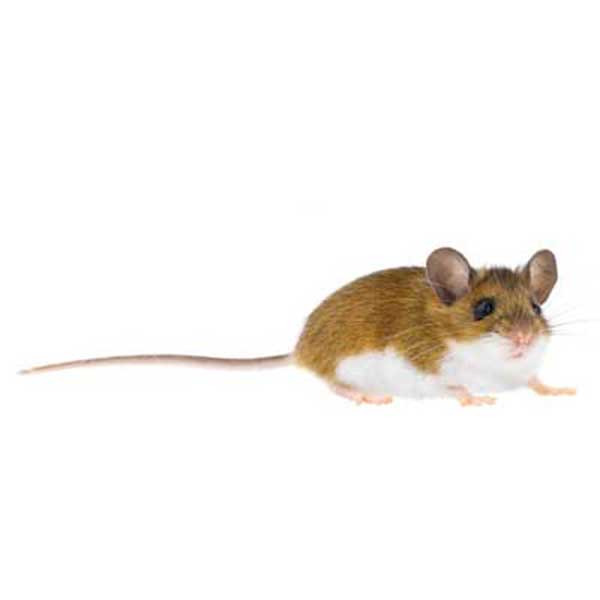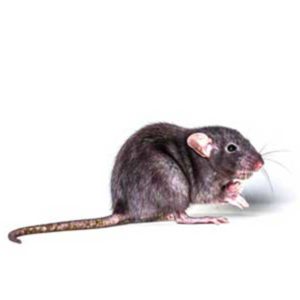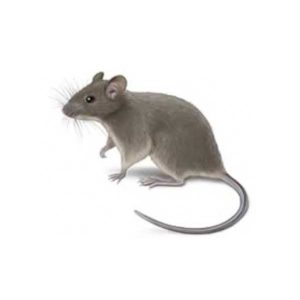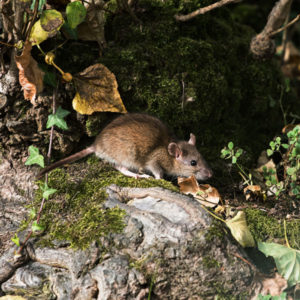Deer Mice in Northern Utah
Deer mice are found throughout North America. They prefer woodlands but are also established in desert areas. Most often found outdoors in rural areas, deer mice rarely invade residential properties. These rodents are a common problem in agricultural areas and will sometimes look for shelter in homes over winter. Their true danger lies in the fact that they are common carriers of hantavirus. They feed at dusk and dawn and tend to prefer insects, seeds, nuts, and berries.
Deer Mouse Habitat
Deer mice are nocturnal and spend their days in cup-shaped nests made of stems, leaves, and fibrous materials. Nests are lined with feathers or shredded cloth and can be found in tree hollows, fence posts, abandoned squirrel and bird nests, and underneath logs and rocks. In homes, deer mice construct nests in low activity areas like basements, attics, garages, and crawl spaces. Deer mice do not hibernate and may invade homes during winter months seeking shelter in storage boxes, wall voids, and upholstered furniture.
Deer Mouse Behaviors, Threats, or Dangers
Throughout most of the year, deer mice nest in outdoor areas that are quiet, dark, and undisturbed. When the weather gets colder during winter, deer mice tend to invade homes, garages, sheds, and sometimes even vehicles. They are often found in basements or attics. The biggest threat of deer mice is that they are able to transmit the dangerous—and potentially fatal—hantavirus. This disease is often transmitted through contact with mouse carcasses, or by breathing in air-borne urine droplets from infected deer mice.
If you have a deer mouse infestation on your Dallas property, contact us!




